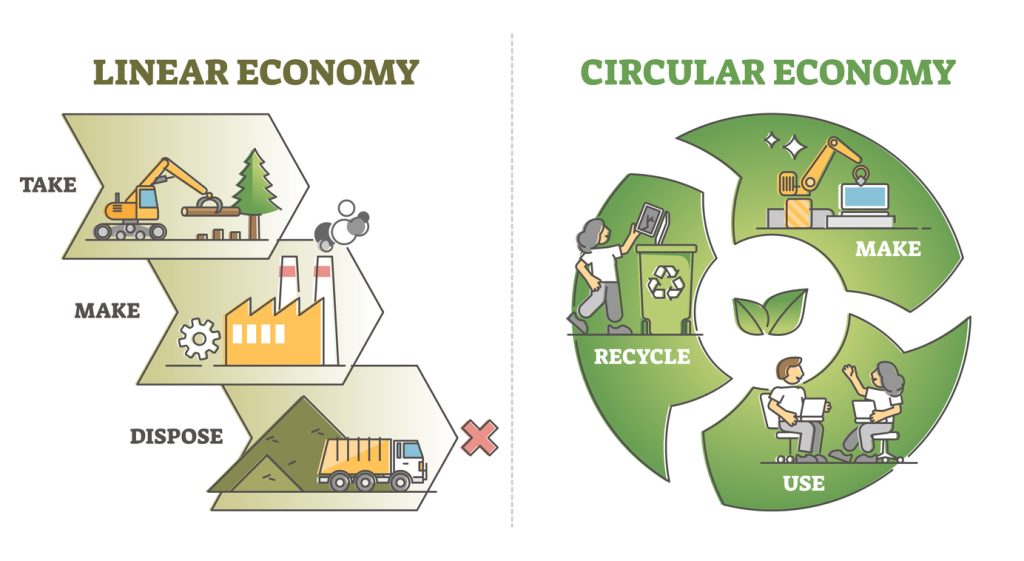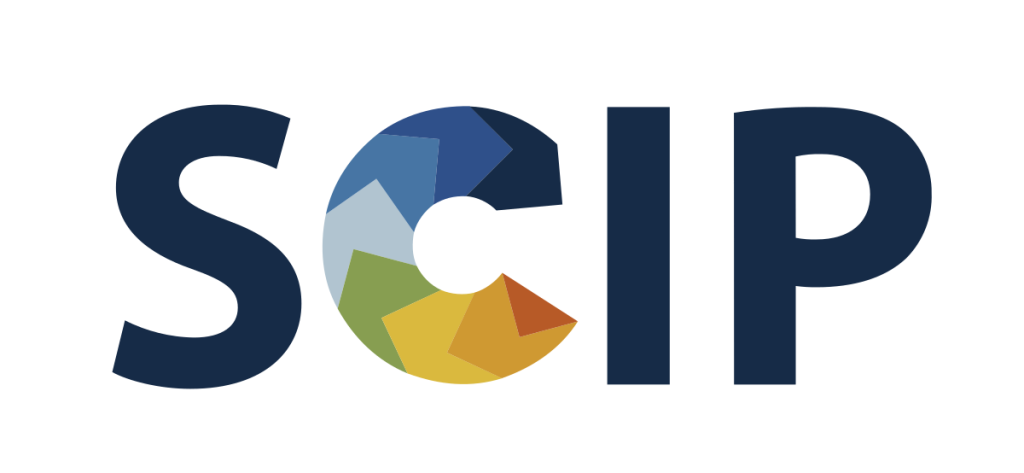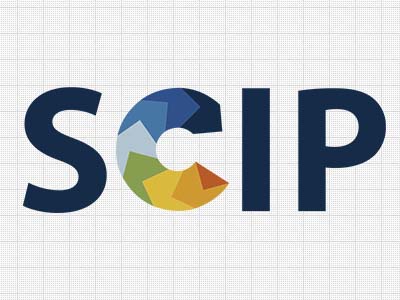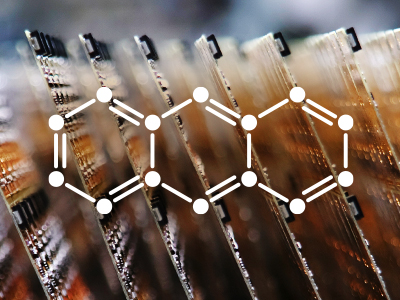The EU Push for a Circular Economy
The European Union has declared and promoted a “circular economy” that aims to use resources as efficiently and responsibly as possible. By reusing components and recycling and effectively utilizing discarded materials, we can significantly reduce the negative impacts of mass production and mass consumption.
In other words, a circular economy is about how we use, re-use, and dispose of materials, how we minimize waste and how we make the most of resources.

Updates to the Waste Framework Directive (WFD)
To help facilitate these initiatives, the EU Waste Framework Directive (WFD) has been revised, requiring that article suppliers in the EU provide information regarding substances of very high concern (SVHC) to a database maintained by the European Chemicals Agency (ECHA). Suppliers are required to begin reporting this information on articles marketed to the EU after January 5, 2021. This will enable the ECHA to provide this information to waste processors and consumers upon request.
Why Was the WFD Revised?
The Waste Framework Directive fits into a broad array of EU legislation regulating the commercial use of chemical substances. The table below lists several of these legislative components and the years they were implemented.
| Legislation | Description | Year Implemented |
|---|---|---|
| REACH | Registration, Evaluation, Authorization, and restriction of Chemicals | 2007 |
| WFD | Waste Framework Directive | 2008 |
| CLP | Classification, Labelling, Packaging | 2009 |
| BPR | Biocidal Products | 2013 |
| PIC | Prior Informed Consent (Import & Export) | 2014 |
| POP | Persistent Organic Pollutants | 2018 |
| OEL | Occupational Exposure Limits / safety Limits | 2019 |
| SCIP | Substances of Concern In articles as such or in complex objects (Products) | 2020 |
The WFD sets out measures to address the adverse impacts of waste and to improve the efficient use of resources, all of which is crucial for the transition to a circular economy.
Historically, SVHC information has been communicated to the recipients and consumers of articles in accordance with Article 33 of REACH Regulations. However, SVHC information has not always been communicated to waste disposal companies. Therefore, there is a risk that SVHC in discarded articles may be included in reused parts and materials.
The Waste Framework Directive was revised to address this gap in communication of SVHC data to waste disposal companies and to enable safe and appropriate disposal of waste. At the same time, the ECHA aims to promote the substitution of hazardous substances contained in articles and to reduce the amount of waste containing hazardous substances.
The revised Waste Framework Directive was adopted in 2015 and entered into force in July 2018 (see: DIRECTIVE (EU) 2018/851 of 30 May 2018 amending Directive 2008/98/EC on waste).
ECHA Launches SCIP Database
Article 9(1)(i) of the revised WFD sets out that any supplier of an article must provide certain information on substances of concern in that article to ECHA. Article 9(2) of the WFD sets out that ECHA shall establish and maintain this database for information on substances of concern in articles or in complex objects (products).
Companies have an obligation to make notifications to the market on the substances of concern in products (SCIP). The SCIP database ensures that the information on articles containing Candidate List substances is available throughout the whole lifecycle of products and materials, including at the waste stage. The information in the database is then made available to waste operators and consumers.

In September of 2021, the ECHA announced the launch of this new SCIP database under the revised Waste Framework Directive.
Relation between SCIP and REACH
SCIP
The SCIP database’s purpose is to reduce the amount of hazardous waste by supporting the use of replacement substances in articles entering the EU.
REACH
The REACH Regulation’s focus is protecting the public and environment and encouraging the replacement of hazardous substances used in the production of goods. Registration, Evaluation, Authorization, and Restriction of Chemicals (REACH) is the system for controlling chemicals in the EU/EEA Enforcement.
Requirements for SCIP Notifications
All producers, importers, and suppliers of articles containing SVHC above the 0.1 percent weight by weight (w/w) threshold in the EU market are required to submit to the SCIP database latest by January 5, 2021.
Conclusion
The establishment of the SCIP database under the EU Waste Framework Directive was an important step toward integrating substances of concern into a circular economy. In our next article, we will take a deeper look into compliance and reporting requirements for companies under these new regulations.





